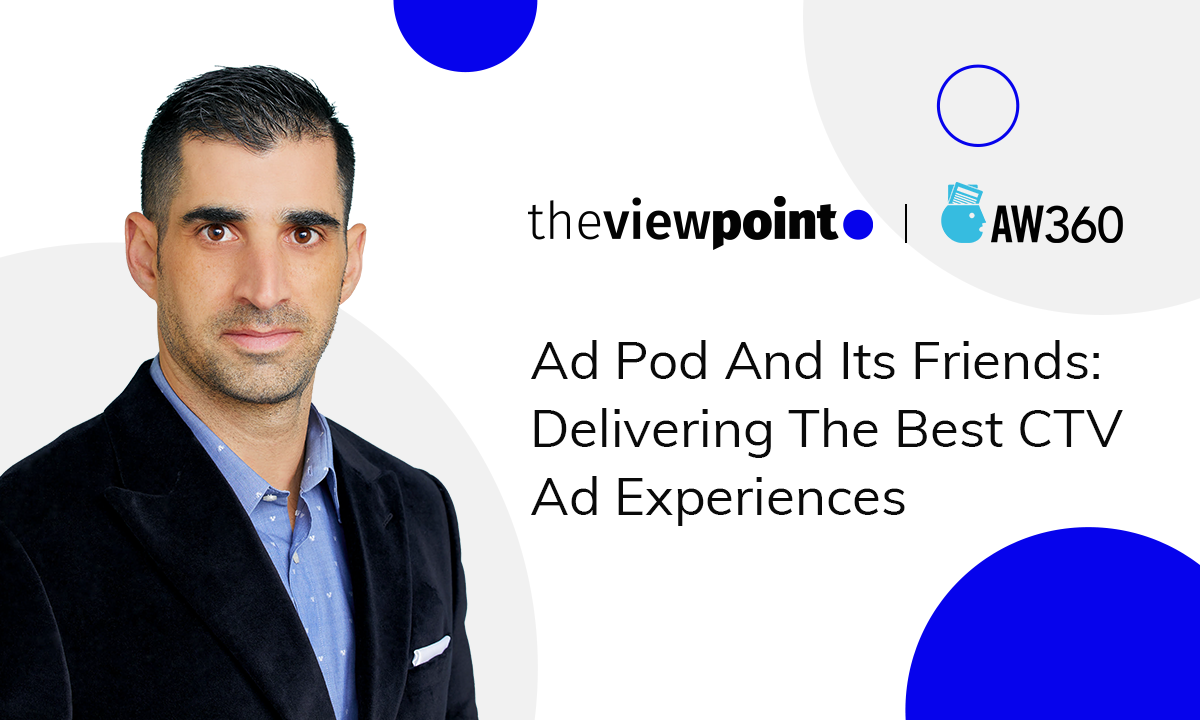
OTT Can Benefit from Semantic Contextual Targeting
As it’s probably been noticed over the last few years, privacy issues and data protection are on the tip of the tongues of most companies and consumers these days. Following on from the likes of Firefox and Safari, Google is scheduled to block third-party cookies on its Chrome web browsers, and the online advertising industry has two years to prepare for the change. Rejoice, however, in the knowledge that a good alternative already exists, and that is semantic contextual targeting.
Semantic keyword targeting is a cookie-free solution designed to make the most of the content publishers create and is proven to be more effective at accurately reaching audiences in a targeted manner. When marketers ask themselves the question: what is semantic keyword targeting? It’s understandable as the process is relatively new, but it promises to revolutionize the online advertising industry. So let’s take a look at the heir apparent to cookie technology, and how it can be used for over-the-top (OTT) media content in particular.
What is Semantic Contextual Targeting?
Semantic contextual targeting ensures that advertisements are connected to the content and platform where the ad is actually placed, and as a consequence, to the desired audience. This ensures that an advertisement piece for cooking supplies and kitchenware appears on food channels and recipe resources for example and don’t end up on pages dedicated to candle-making or pottery classes. As such, semantic contextual targeting is designed to ensure a quality over quantity approach, allowing marketers to place niche ads with a high rate of return thanks to their ability to find the right audience.
This form of behavioral targeting technology represents the cutting edge in what’s possible in advertising as it’s predicated semantic analysis, which analyzes the content of a page to understand its “true meaning”. It can be compared with keyword targeting, which focuses only on what’s on a page, whereas utilizing the semantic contextual targeting approach ensures the advertiser knows what a page is about. For example, If advertisers only look for keywords, say ‘corvette’, because they want to target car enthusiasts, they will get their ads on motoring websites but they might show up on pages about naval ships too. Semantic contextual targeting ensures they only go to automotive-dedicated websites.
How Does Contextual Targeting Work on CTV?
Contextual targeting is different from audience targeting due to their differing method of data analysis. Contextual analysis focuses on processing content directly to then align advertising campaigns with audiences interested in said content, whereas audience targeting is predicated on user interests, behavior, and demographics. This is a relatively simple process when it comes to text as algorithms can scan pages for keywords, and more advanced options can analyze sentiment and tone of voice, i.e, denotation as much as connotation.
When it comes to video content, however, things become more complicated as there is little text to analyze apart from metadata and closed captions, so to process contextual analysis an algorithm needs to identify meaningful shapes and patterns in the content. The reason is simple: brand safety, as many advertisers want their content to avoid being placed in scenes involving nudity, violence, etc. Getting the right placement is crucial too. For example, a travel company will want their ad to appear in the same scene as a beautiful tropical beach, which is what the algorithm would need to search for.
This can be difficult as it requires a considerable amount of machine learning capability to identify the correct behavioral targeting patterns. That’s why it’s important to use technology like computer vision as it helps advertisers fully utilize semantic contextual targeting as it can analyze tone, sentiment, and images, to the extent it can discern between tragedy, comedy and what lies in the middle. Computer vision looks for the most efficient way to achieve contextual targeting scale in video, ensuring ad content is brand-appropriate and relevant.
Takeaways
All this makes contextual targeting, combined with computer vision technology, perfect for application in the OTT industry as companies working in this ecosystem operate as walled-garden environments. This means they can decide what data they want to share with advertisers, which increases the likelihood of their ads being seen and thus increases overall ad spending. In such a system all who participate benefit.
Targeting the right audience in any industry can be difficult, especially so in the OTT environment. Semantic contextual targeting offers a great solution to this eternal challenge, one that meets the particular demands of the post-cookie era particularly well. Privacy controls are likely to increase even further beyond the absence of cookies, and semantic contextual targeting looks set to be the best way to ensure your ad spending meets the privacy demands of tomorrow today.
Related
Programmatic TV Tax Day is Not Just April 15. It's Every Day
This blog examines the significant "AdTech tax" in Connected TV advertising, advocating for Tatari's direct integration with publishers to bypass hidden fees, resulting in substantial cost savings and enhanced transparency.
Read more
Ad Pod And its Friends: Delivering the Best CTV Ad Experiences
Aiming to stand out from the crowd and surpass consumers’ expectations, CTV advertisers have to be allied with publishers and very savvy at applying innovative advertising techniques, like frequency capping, competitive ad separation, and deduplication. Though still raising a lot of eyebrows, these tools have already become the next big thing in the advertising world. So, before diving deep into the details of ad pod management, let’s take a sneak peek behind the scenes of modern CTV play.
Read more
Everything You Need to Know About Real-Time Bidding
As programmatic advertising is gaining momentum, RTB or real-time bidding comes in. In fact, most platforms in ad tech today are RTB enabled. But what does that actually mean? What is an RTB platform and why is it so important for digital marketers? Let’s get the answers to these questions and more.
Read more


